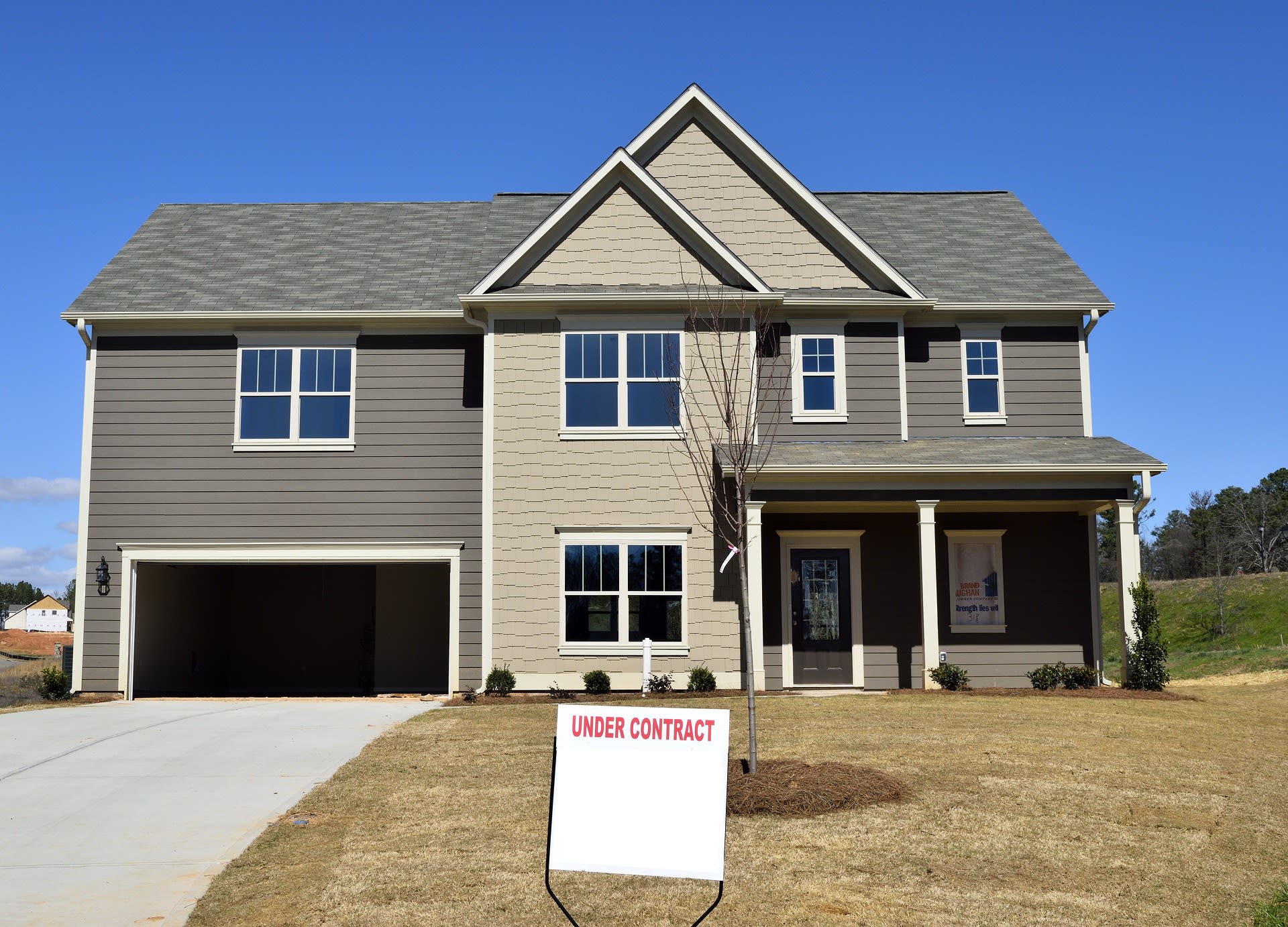Everything You Need to Know About Financing Your Home

For most of us (you know, those without trust funds), buying a home means that we must first get a mortgage. The mortgage process can seem daunting and scary. It’s so much money and such a huge commitment, and it requires people poking into every area of your financial life. And there are so many different kinds of mortgages and financing options available, especially for first-time home-buyers. But while it is a daunting process, it is totally doable. The most important first step is educating yourself about the process.
Types of Financing Available

Most people get a mortgage to purchase a home, but not everyone has the same sort of mortgage. Understanding the types of mortgages available is a key first step in the process because it will help you understand what type of mortgage best suits your finances and needs.
Conventional Loans
Conventional mortgages are not backed or insured by the government. They typically have stricter qualification guidelines, including requiring a more substantial down payment and a higher credit score. They also have stricter debt-to-income ratios than mortgages guaranteed by the government.
Federal Housing Administration (FHA) Loans
The U.S. Department of Housing and Urban Development (HUD) is the parent organization of the Federal Housing Administration (FHA), which administers several loan programs. An FHA mortgage typically is easier to qualify for versus a conventional mortgage, with less stringent credit score and debt-to-income ratio requirements. Additionally, FHA loans usually feature lower up-front loan costs and require smaller down payments (as low as 3.5% down), meaning buyers have to bring significantly less money to the closing to buy a home. These mortgages do require mortgage insurance, which adds a monthly fee to the cost of the mortgage. This insurance protects the lender in case you default on your mortgage for any reason (death, financial crisis, etc.).
VA Loans
VA loans are guaranteed, but not issued, by the U.S. Department of Veterans Affairs. The guarantee makes it possible for veterans to qualify for mortgages with favorable terms, including not having to come up with a down payment. VA loans are typically easier to qualify for than conventional loans. Veterans will need a VA certificate of eligibility when applying for a VA loan.
How Much of a Down Payment to Make

Once upon a time (basically starting in the 1950s), the hard and fast rule was that you needed 20% of the home’s selling price as a down payment. However, now, the down payment needed is dependent on the type of mortgage you choose. A conventional mortgage still might require a down payment as high as 20%, while an FHA loan usually just needs a 3.5% down payment. Additionally, there are down payment assistance programs designed to help first-time buyers enter the property market. Remember, you will also be responsible for closing costs, so take that into account when deciding how much you have available for a down payment.
What Is Private Mortgage Insurance?

Private mortgage insurance (or PMI) is usually required for people who make a down payment of less than 20%. It is not the same as homeowners’ insurance, which you will also need. PMI is an added insurance policy that protects the lender if you are unable to pay your mortgage. Typically, it costs between $30 and $70 each month for every $100,000 you borrowed.
Fixed-Rate Mortgages vs. Floating-Rate Mortgages

Fixed-rate mortgages are the most common type of mortgage. Fixed-rate mortgages can be conventional mortgages, FHA mortgages, or VA mortgages. The interest rate remains fixed over the life of the loan, meaning that your mortgage payment will always stay the same. Fixed-rate mortgages make it easy to budget, since you know how much your mortgage will be each month (even if your property taxes or homeowners’ insurance fluctuates). A fixed-rate mortgage also protects you against interest rates rising. If interest rates fall, however, the only way to get a lower rate will be to refinance your mortgage. Refinancing a mortgage can save you money but comes with its own costs and time commitment.
ARMs, or adjustable-rate mortgages, mean that the interest rate adjusts as interest rates on the open market fluctuate. Most ARMs adjust annually, but some mortgages adjust more frequently, like quarterly or semi-annually. Most ARM rates are tied to the LIBOR or Treasury indexes. Some ARMs include rate caps, meaning that you won’t be charged a rate higher than the cap, no matter how high the market interest rate goes. ARMs work in favor of home-buyers when interest rates are falling. But be aware that a miscalculation when the rates rise can have real financial consequences.
A third type of mortgage is a hybrid-rate mortgage. Hybrid-rate mortgages begin with a fixed interest rate that lasts between one and ten years. After that, they transform into a regular adjustable-rate mortgage.
Additional Savings Resources

- Use a mortgage calculator to see how much house you could possibly afford.
- Check your credit score. It’s going to have a huge impact on what kind of mortgage and what interest rate you will qualify for.
- Go over your credit report. Are there mistakes or old accounts that should have fallen off? Start disputing any incorrect information now.
- Gather together information about any outstanding loans. You also will need three years of tax returns as well as information about your bank accounts and any retirement or investment accounts.
- Check into first-time home-buyer programs.
- When you are ready, check out different mortgage brokers and institutions. Companies may charge different amounts in closing costs and even interest rates.
- Work with an experienced Realtor. Someone familiar with the type of home and area you are interested in can help guide you to the right home and keep you from offering too much money.
- Time your purchase. Most people buy during the spring or summer, meaning that prices are generally higher during those seasons. Buying in the fall or winter can reap large savings.
- Negotiate closing costs. Closing costs can be very pricey. Typically, they include advance interest payments, lender fees, attorney costs, appraisals, and title fees. See if you can negotiate with the seller to have them cover the costs.
- Get several quotes for homeowners’ insurance. Make sure that you are well covered and that each quote is equivalent in terms of coverage and deductibles.
- Back in 2008, the Obama administration enacted the first-time home-buyer tax credit to make buying a house more accessible for first-time buyers in the middle of the Great Recession. It offered buyers a tax credit for the year in which they bought their home. The program went through some changes but has now expired; however, Congress is debating reinstating the credit.
- There is another tax savings for purchasing a house, though. People who itemize their deductions can deduct the interest payments on their mortgage.
- Consider asking the sellers to purchase a home warranty for your first year of homeownership. That way, if the air conditioner goes out or the hot water heater dies, you won’t have to take out a personal loan to cover the cost.
